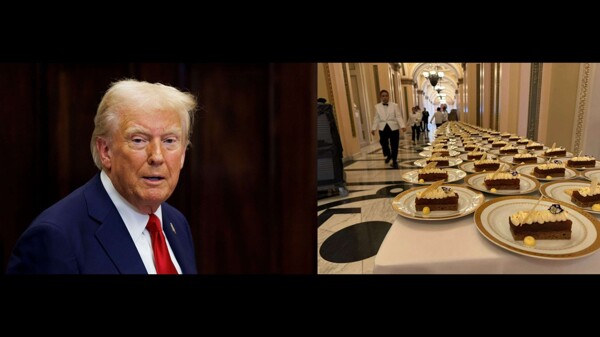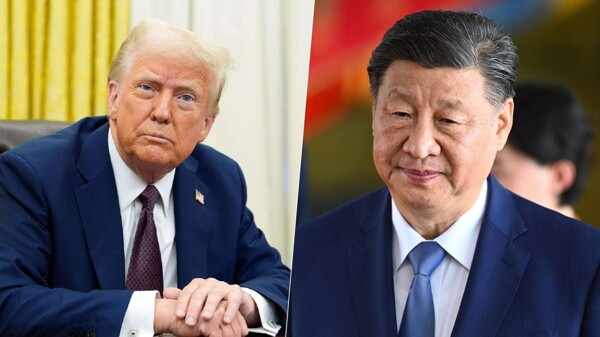
The U.S. economy is undergoing a transformation under the administration of Donald Trump, where promises to stimulate growth through tax cuts and deregulations could have unexpected consequences in the financial markets. Despite the expectations of a president advocating for lower prices and interest rates, the current reality seems to indicate otherwise.
The yield on the 10-year Treasury bond has been notable since the Federal Reserve began to cut its key rate in September, influencing mortgage rates. Investors are anticipating strong economic growth, partly driven by Trump's proposals to reduce taxes and regulations. However, the increase in demand for credit for investments such as data centers and technologies like artificial intelligence could raise interest rates.
Inflation is expected to worsen if threats to impose widespread tariffs and immigration restrictions materialize, making it less likely for the Federal Reserve to reduce its key interest rate this year. Despite Trump's claims during the World Economic Forum in Davos, Switzerland, about demanding an immediate cut in interest rates, the economy could face higher borrowing costs.
The U.S. economy has shown remarkable resilience despite upheavals like the pandemic, with solid growth and a low unemployment rate. Trump’s proposals to extend tax cuts and promote oil and gas production could increase deficits, which in turn would exert upward pressure on long-term bond yields.
The economy is at a point of healthy growth, although risks such as protectionist measures and growing budget deficits persist. Inflation has decreased and wages have increased in recent months, boosting household spending on goods such as automobiles and appliances. The current economic outlook differs significantly from what the U.S. faced at the beginning of the Trump administration in 2017.













